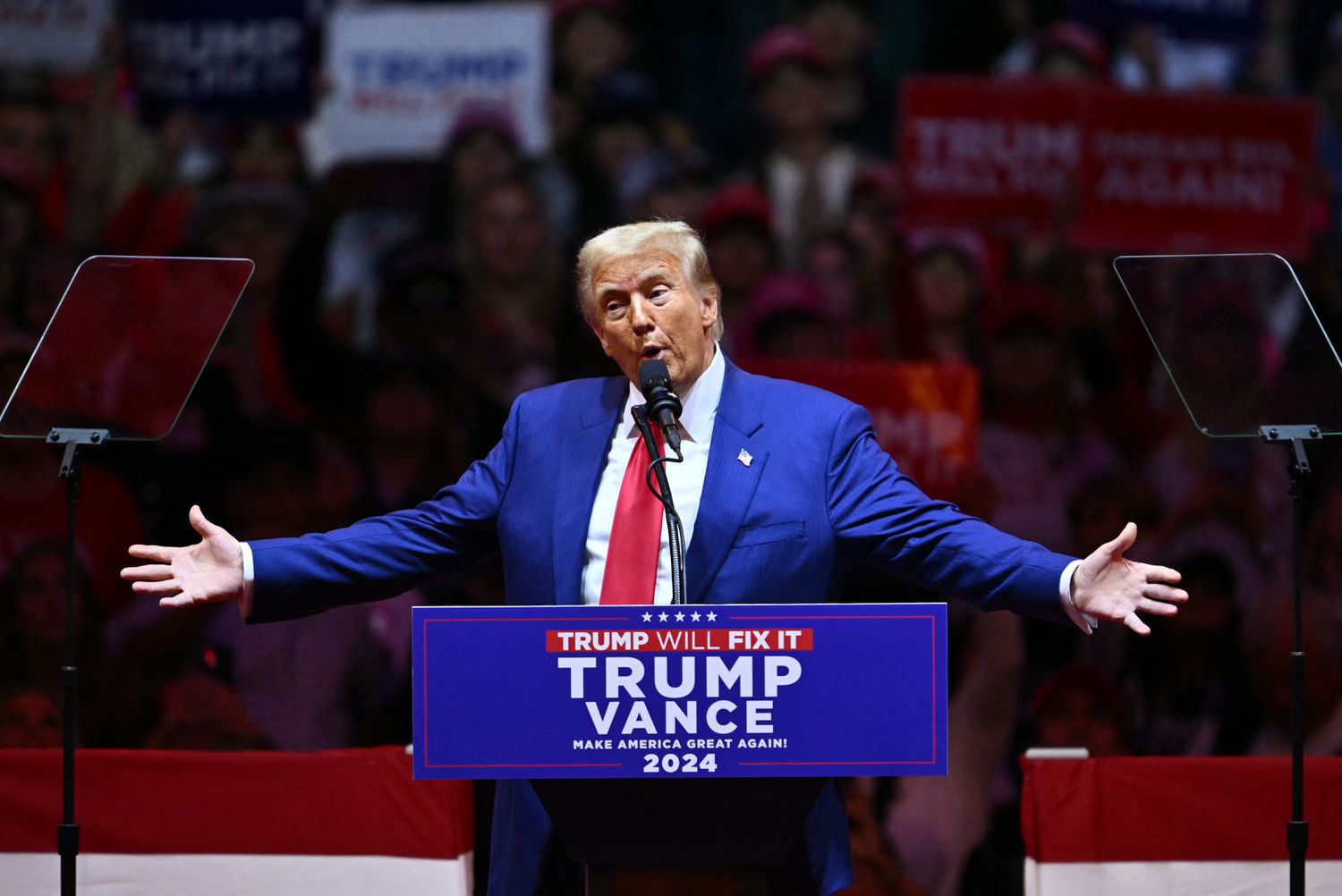What Trump’s victory means for FED, USD and tariffs
Donald Trump’s victory could strongly impact the FED monetary policy, US dollar and tariffs on imports to the US.

The Republicans have regained control of the Senate but the race for the House is close, and it may be some time before this is called. The reaction in the market is as predicted, with the US dollar rising, treasury yields higher and stock futures higher. Trump wins, and particularly if there is a Republican clean sweep, we can expect more market volatility in the hours, days weeks and months ahead. But what moves are we likely to see?
First up, with a Trump win, the US dollar would rise with euro/dollar headed towards the 1.0-1.05 range, and that 10-year treasury yields would gun for the 4.5%-5.0% region. As we speak, these moves seem to be developing. The rise in stocks is also to be expected but much hinges here, the Standard Bank feels on whether the Republicans can take the House as well, as that really puts Trump’s proposed tax cuts, including the aim to reduce the corporate tax rate down to 15% from 21%, in play.
As for the Federal Reserve, the Standard Bank argued before the election that a likely Trump win would take up to 50-bps of fed rate cuts out of the curve and, so far, it has been around 20-bps if we look out to the end of next year. Tomorrow’s expected Fed rate cut should still go ahead. If the Fed does respond to Trump’s win, the Standard Bank still believes that it will be over the long haul, should his policies start to lift inflation materially. The Fed will not try to pre-empt the impact of Trump’s policies, certainly not now and probably not soon after he is inaugurated next January (if he does, indeed, win the presidency).
The second point the Standard Bank would make again is that the first move in the US dollar – of strength – on a Trump win, is likely to be the ‘wrong’ one. For while the initial market reaction to actions such as tariffs, tax cuts and deportations will be one of US dollar strength, we are not at all clear that any of these will deliver longer-term strength.
Don’t forget that these are all the same sorts of policies that Trump delivered during his 2017-2021 presidency and, back then, US dollar strength only lasted for a few months after his election victory, and it was then mainly downhill for the US dollar from there. In addition, Trump will retain his bias for a weaker US dollar and has been talking in tougher terms about impinging on Fed independence.
This brings us on to a third point, which is whether we will see a ‘soft’ Trump, or a ‘hard’ Trump. What do we mean by this? On tariffs, for instance, Trump has talked about imposing 10% tariffs globally and 60% on China. Are these real threats and how might they be delivered? A ‘soft’ Trump, for instance, might threaten to impose these tariffs should others, specifically China, not make the sort of concessions the administration would like to see. A ‘hard’ Trump could just impose these tariffs in full, early in his (likely) term with no scope for others to avoid the tariffs. The same, soft, or hard conjecture applies to his proposals for mass deportations. So, what is going to be important now for the market is to get a sense of what a second Trump term would really be like from both his comments and those of likely cabinet members and other advisors.
“We dare say that the market will initially price a ‘soft’ or controlled Trump. But the history of the 2017-21 presidency is that Trump delivers his promises, or at least tries to deliver them, and hence a transition in the market from the view of a controlled Trump, to one of an out-of-control Trump could still lie ahead. Could this transition mean a stronger US dollar? It might, although we rather suspect that the tougher Trump appears the more the US dollar will cede ground over the long haul. Euro/dollar might be sliding to 1.05, and lower now but, in a year, or two’s time we’d expect the US dollar to have shed ground”, said the Standard Bank.








